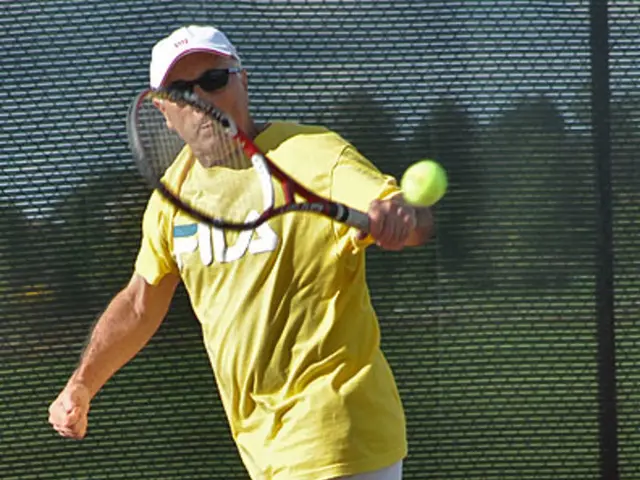Techniques for Healing Post-Gymnastics Traumas
Wanna Get Back on the Mat Faster? Here's How
Tired of your gymnastics injuries keeping you sidelined? Sports medicine expert, Dr. Marie Schaefer, shares some valuable tips to help you recovery faster and return to the mat sooner.
Don't play the "tough it out" game when it comes to injuries. Dr. Schaefer recommends treating your injuries aggressively and quickly. Immobilizing an injury with a brace allows it to heal swiftly, and trying to play through the injury will only prolong your recovery and delay your return. Apply the RICE method - rest, ice, compression, and elevation - to help reduce inflammation and speed up the healing process.
When it's time to get back into the routine, work with a physical therapist or athletic trainer who specializes in caring for gymnasts. They can help guide you through exercises that are safe for your body as it heals and show you how to modify routines that won't put too much strain on your injured area.
Stay active while you heal by focusing on other exercises that won't aggravate your injury. For instance, if you have a wrist injury, concentrate on running, core exercises, or lower-body resistance training. If you've injured your lower body, focus on core exercises and building upper body strength. Swimming or water aerobics can also be beneficial, as they offer resistance and cardio options with less impact on your joints.
Gradually return to gymnastics, starting at about 25% of your previous skill level. If you're performing a lower-level skill without pain, you can increase the intensity the following day. But remember, only do one new activity per day. This way, you can assess how you feel the next morning, and if you experience any pain, you'll know what caused it.
Listen to your body and tell your doctor, physical therapist, or trainer about any pain you're experiencing. A small amount of soreness may be acceptable, but speak with your provider to determine if it's normal or if you need to back off.
Stay connected with teammates, friends, and coaches as you recover. Their support and encouragement can help lift your spirits during this difficult time. In addition, don't forget to focus on your mental and emotional health, as they are just as important as regaining your physical health.
Finally, ask yourself if your passion for gymnastics is still there. If you're feeling burnt out, consider trying out different sports or activities. Encourage your children to do the same, as their interests may change as they grow, helping them discover who they are.
Remember, when it comes to young gymnasts, it's essential to check in with them regularly to understand their feelings. Though it's difficult for parents to let go of something they've invested in, allowing your child to explore new interests can lead to a happier, more fulfilled life.
Bonus Tips:- Early assessment is crucial to create a tailored recovery plan.- Engage in a structured rehabilitation program with exercises to maintain strength, flexibility, and range of motion.- Gradually return to gymnastics activities, starting with low-intensity exercises and progressing to more intense ones as advised by healthcare professionals.- Always perform thorough warm-ups before training, and cool-down stretches after.- Incorporate conditioning exercises to improve strength and flexibility, reducing the risk of future injuries.- Ensure proper technique is used during gymnastics routines to avoid overuse or misalignment injuries.- Maintain proper nutrition and hydration to support healing.- Manage pain with appropriate medication and techniques recommended by healthcare professionals.
- To ensure a swift return to gymnastics after an injury, consider integrating health-and-wellness practices such as the RICE method (rest, ice, compression, and elevation) into your recovery routine.
- Embracing sports like swimming or water aerobics for their low-impact resistance and cardio benefits can contribute to maintaining overall fitness and health, while giving your injured area time to heal in other gymnastics-related sports.








